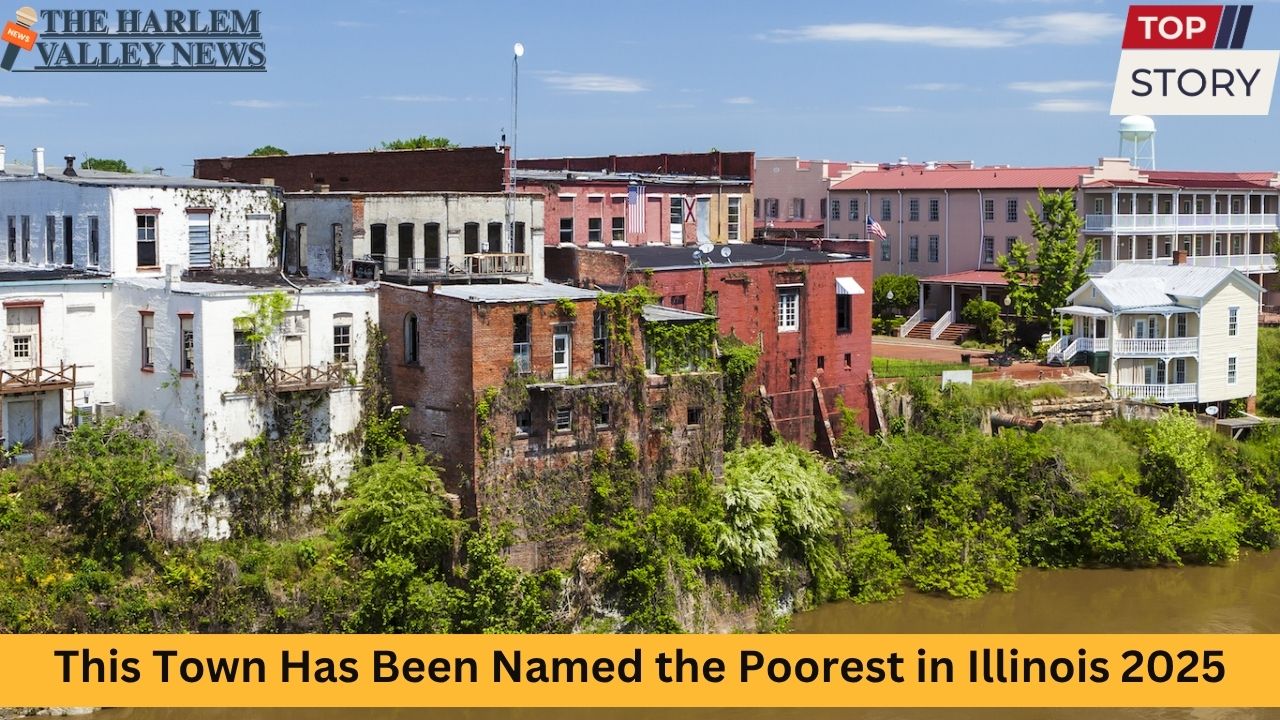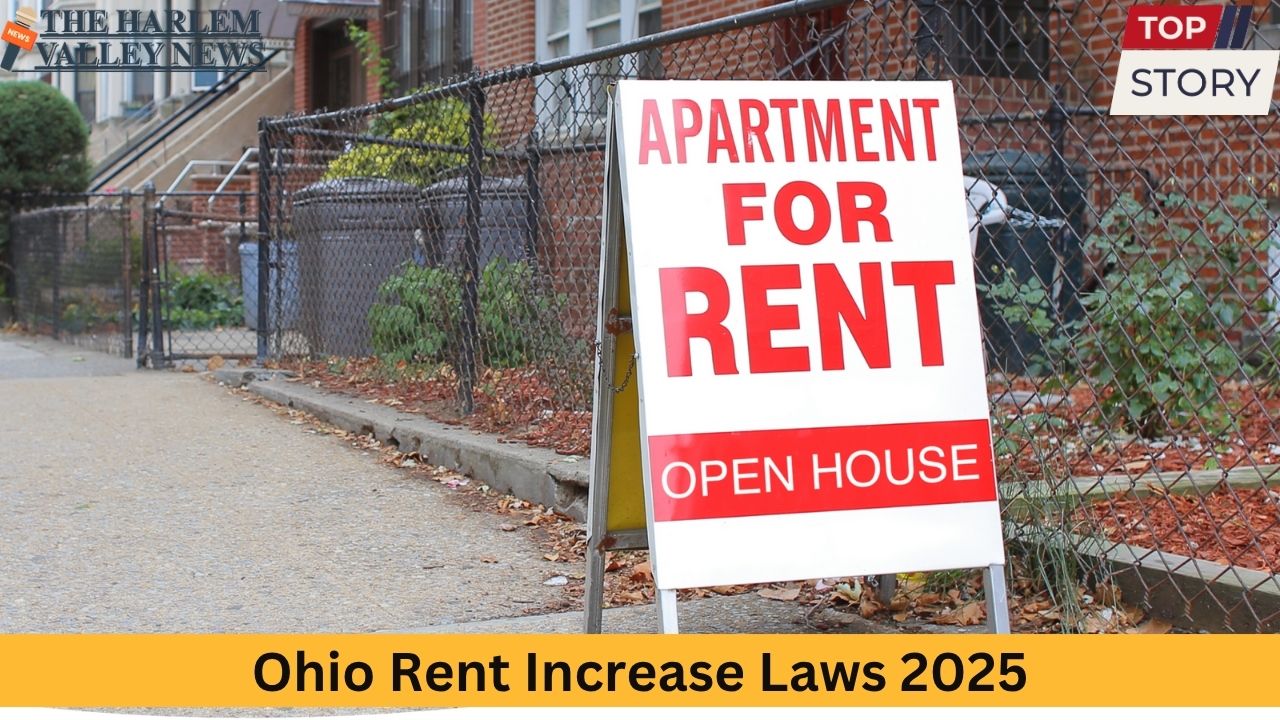Pennsylvania is a state celebrated for its vibrant history, diverse communities, and beautiful landscapes—from the bustling metropolis of Philadelphia to the scenic valleys of the Appalachian Mountains. Yet beneath these layers lies a persistent issue faced by many: poverty. While every state in the nation has its pockets of wealth and want, some towns bear a disproportionate share of economic hardship. One such place is Braddock, recently named the poorest town in Pennsylvania.
Pennsylvania’s Economic Landscape
Before zeroing in on one specific town, it’s crucial to understand the wider economic context of Pennsylvania:
-
Pennsylvania ranks 19th nationally in per capita income, with an average annual figure of over $35,800.
-
The median household income across the state sits around $68,950.
-
The overall poverty rate hovers at about 12%, though this number masks sharp regional contrasts.
Major urban centers like Philadelphia and Pittsburgh offer higher-paying jobs and diverse economies. However, rural and former industrial towns have struggled for decades with factory closures, job outmigration, and chronic underemployment.
Naming the Poorest Town: Braddock, PA
Recent analyses based on U.S. Census Bureau data have consistently highlighted Braddock—a borough located just outside Pittsburgh in Allegheny County—as Pennsylvania’s poorest town. Home to around 1,950 residents, Braddock’s economic challenges are stark when placed alongside state and national statistics.
Braddock: A Portrait of Decline and Resilience
A Brief History
Braddock was once a thriving steel town, its prosperity fueled by the massive Edgar Thomson Steel Works. In the early 20th century, the borough’s streets buzzed with workers, and its shops flourished. However, as the American steel industry collapsed in the 1970s and 1980s, Braddock experienced devastating job losses, population decline, and urban decay.
The Modern-Day Borough
Today, Braddock is a mirror reflecting the decline of American heavy industry. Many of its once-grand buildings are empty or abandoned. Still, Braddock’s history is not only one of loss; the town’s spirit persists in resilient residents, grassroots organizations, and new efforts at revitalization.
Socioeconomic Statistics That Define Braddock
Let’s look at some hard numbers to understand Braddock’s economic situation:
-
Population: Approximately 1,950 residents
-
Median Household Income: $22,670—a full two-thirds less than the state median
-
Poverty Rate: More than 33% of its residents live below the federal poverty line
-
Government Assistance: Roughly 12.8% of Braddock’s households receive government aid
-
Unemployment and Job Market: Employment opportunities remain scarce, with many available jobs classified as low-wage service roles
-
Education: The high school graduation rate is below both the county and state averages; post-secondary attainment is especially rare
-
Housing: Home values are among the lowest in Pennsylvania, and a large percentage of housing stock sits vacant
These numbers point to a community struggling not only with insufficient income but also with systemic barriers to economic mobility.
Factors Behind Persistent Poverty
What keeps Braddock, and towns like it, trapped in cycles of poverty? A range of factors coalesce:
Industrial Decline
The closure of steel mills—which were the lifeblood of the Monongahela Valley—erased thousands of living-wage jobs almost overnight.
Population Loss
Braddock’s population is a fraction of what it once was. Those who could afford to leave moved to suburbs or other cities, leaving behind a smaller, poorer community.
Disinvestment
As jobs disappeared, so did investment in public infrastructure, schools, and local businesses. Blight and under-maintenance became prevalent.
Educational Disparities
Lower educational attainment continues to limit job prospects. Braddock lags substantially behind state averages for both high school and college completion.
Public Health and Access
Poverty in Braddock is compounded by limited access to health services. With few providers in town and complicated transportation needs, many residents face persistent health challenges.
A Broader Look: Other Impoverished Communities in Pennsylvania
While Braddock tops the list, it is not alone. Several Pennsylvania towns and cities face similar struggles. Here are a few notable examples:
| Town/City | Population | Median Income | Poverty Rate |
|---|---|---|---|
| Johnstown | 18,429 | $33,466 | 32.9% |
| Shamokin | 6,915 | $32,753 | 35.9% |
| McKeesport | 17,749 | $31,635 | 28.9% |
| Chester | 33,048 | $39,193 | 28.3% |
| Darby | 10,682 | $45,511 | 33.8% |
Cities like Johnstown, McKeesport, Chester, and Shamokin have all grappled with similar issues: former industrial bases, high unemployment, and persistent poverty.
Community Efforts and Stories of Hope
Despite daunting statistics, Braddock is not merely a story of decline. Residents and local leaders work daily to improve life in their town.
The Braddock Renaissance
Grassroots organizations and visionary individuals have sparked a small-scale renaissance:
-
Urban farming programs provide fresh produce and jobs.
-
Art initiatives and murals aim to breathe new life into vacant buildings.
-
Community health clinics seek to address major care gaps.
-
Restoration projects have brought new businesses—a bakery, a craft brewery, cafes—to previously derelict blocks.
Former mayor John Fetterman championed these initiatives, drawing national attention to Braddock’s plight and potential.
Notable Successes
Braddock’s “Free Store,” stocked by surplus and donations, offers essentials to residents at no cost. Efforts like this foster solidarity and self-help, making each small victory meaningful.
What the Future Holds
While Braddock’s trajectory is challenging, it is not hopeless. Several opportunities glimmer on the horizon:
-
Increased Investment: Both government grants and private investors are showing interest in renovating housing and infrastructure.
-
Job Training: Nonprofits have developed programs to retrain residents for work in health care, technology, and sustainable industries.
-
Affordable Housing Initiatives: Projects aim to rehabilitate vacant properties and make homeownership attainable.
-
Community Arts: Cultural investment is changing Braddock’s image from a forgotten steel town to an emerging center for the arts.
However, for such efforts to succeed, they must be sustained over years and coupled with broader regional economic development.
Conclusion
Braddock stands as a stark—but not hopeless—symbol of the challenges faced by America’s post-industrial towns. Once vibrant centers of manufacturing wealth, these towns have been rocked by economic shocks that require more than just quick fixes. What Braddock’s story shows is that poverty is not merely about income, but also about opportunity, education, health, and hope.
As Pennsylvania and the nation look at these hard truths, the call to action is clear: targeted investment, job training, educational support, and community empowerment must be part of any strategy to break the cycle of poverty.
In Braddock’s struggle, we see both the hardship and the undying resilience of Pennsylvanians—a lesson in the promise and possibility that remains in towns across the state.














Leave a Reply